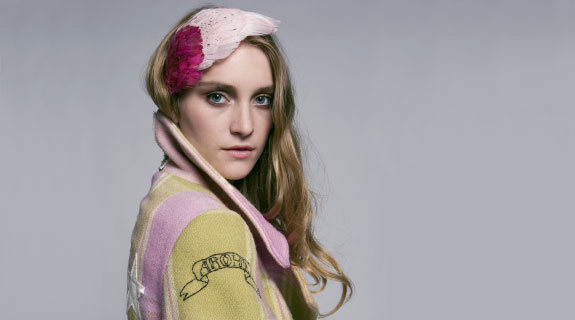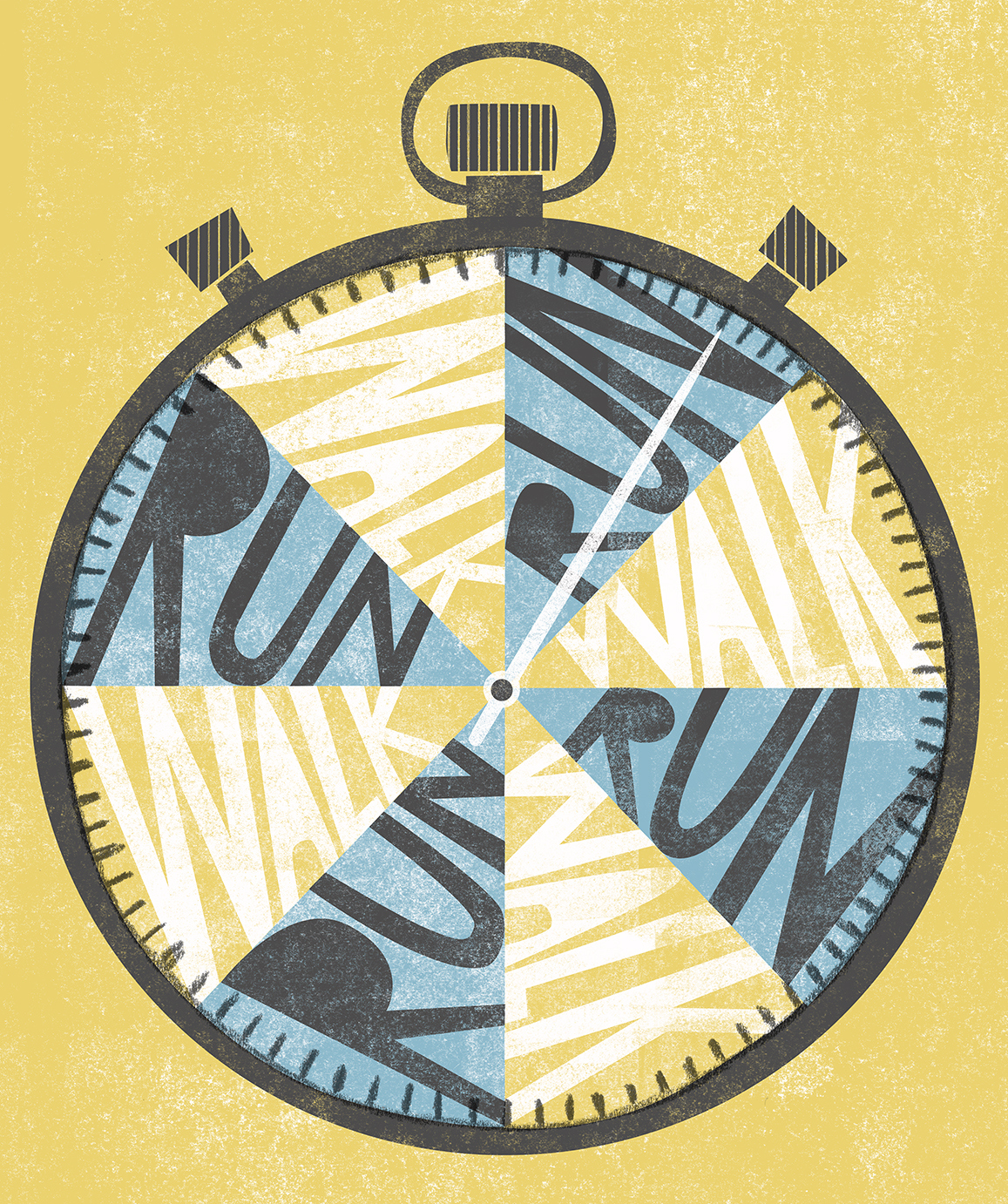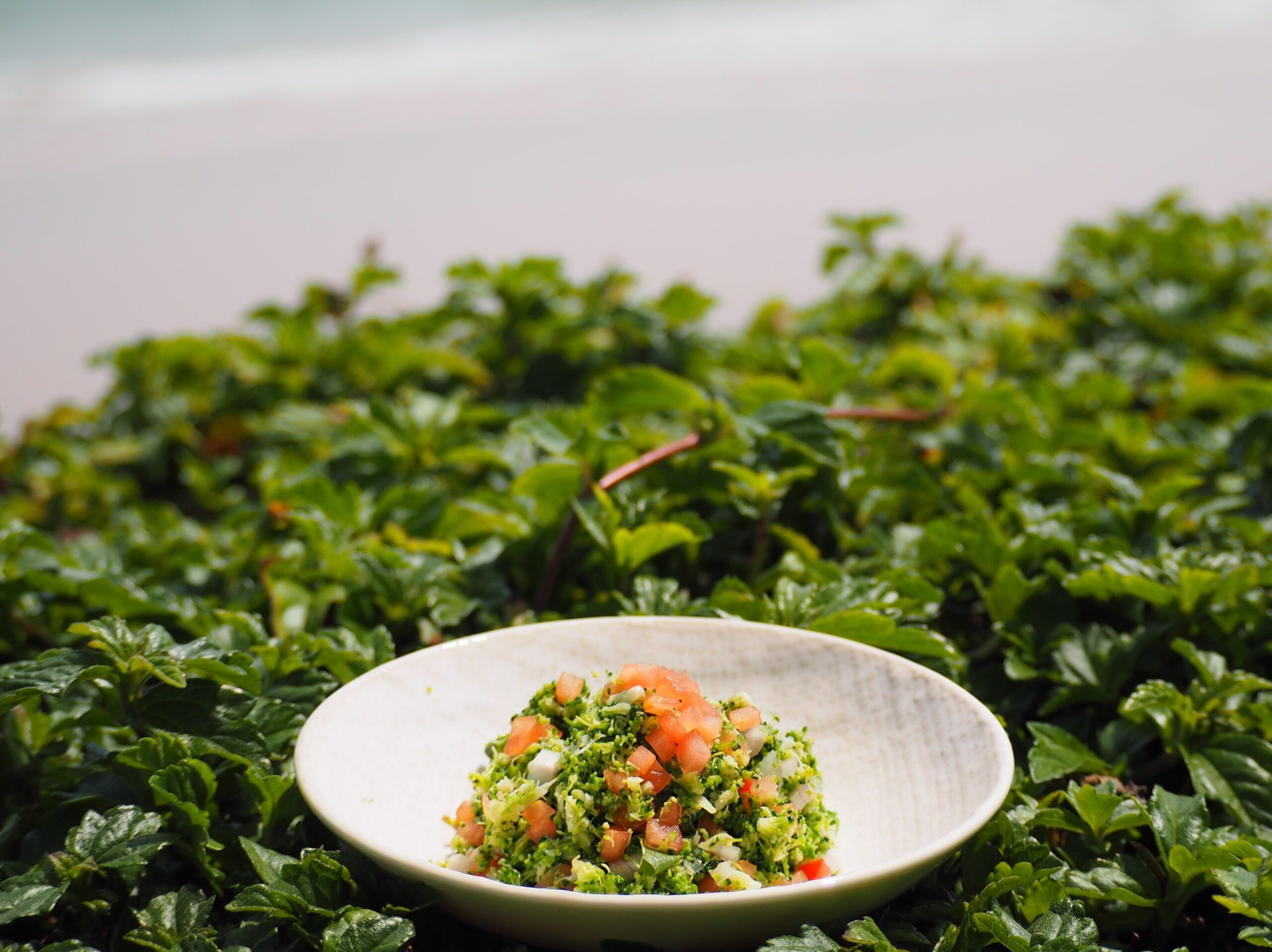If you are what you wear, most of us haven’t got too much to be proud of. It’s time to get changed into some clean clothes—free from pesticides, worker exploitation and harmful dyes. Let these beautiful, sustainable, ethical garments inspire you
Fashion is frivolous? Hardly. Textiles are a multibillion-dollar industry that employs one-sixth of the world’s population. And what we wear matters. Our clothes communicate how we feel, how we see ourselves, and how we want to be seen. So what are you wearing? Who made it? And what is it made from?
Feeling uncomfortable? Then maybe it’s time to slip into something a little more ethical
Photography Tim White. Stying Emily Carter. Model Ruby Corley @ Red 11.
We New Zealanders are spending a whopping 80 percent more on clothing than we did ten years ago. Have clothes really got that much more expensive? Not at all. Since 1998 the price of women’s clothing has gone up by only seven percent, and men’s clothing by six percent, according to the Consumers Price Index.
We’re simply buying a heck of a lot more clothes than we used to. And the reason we’re buying so many new clothes is simple: because they’re cheap, and there are plenty to choose from.
Retailers used to follow seasons: one collection was introduced for spring/summer, another for autumn/winter. But fashions have grown ever more fickle, and competition for customer attention is fierce. Desperate to keep window displays ever-changing, some retailers now release a dozen seasons every year.
In New Zealand, Max now releases a capsule range, the ‘Max Hot 10’, every single week: that’s 52 seasons a year. Max may style itself as the ‘Women’s Republic of New Zealand’, but with such unrelenting production demands it’s hard to believe the company cares too much for women in the People’s Republic of China. This is fast fashion—and it’s putting enormous pressure on Chinese manufacturers.
Three out of every four garments sold in New Zealand come from China, a country renowned for its low production costs—and low wages, long hours and ineffective labour laws. China’s competitiveness depends on being able to supply clothes at extremely short notice, at an extremely low cost.
Polyester garments are flooding in. Ten new polyester plants have been built in China in the past few years, the price of polyester clothing is dropping, and Kiwi shoppers are spending up large. In just the first three months of 2008 we spent $567 million on clothing.
Even so, retailers are complaining that 2008 is shaping up to be one of the most difficult years on record. Clothing sales are down six percent on last year; that means retailers are putting even more pressure on manufacturers, says fashion industry body FINZ, demanding better prices to protect their own margins. For Chinese factory workers, that means longer hours and less pay.
Of course, not all Chinese manufacturers exploit their workers: the Synergy Clothing factory in Guangzhou is owned and operated by New Zealanders, and produces garments for many Kiwi designers. Untouched World produces only five percent of its clothes offshore, but insists on fair trade manufacturing and checks its Chinese factories every six weeks. Icebreaker’s Shanghai factory has environmental accreditation.
A shrinking number of designers are choosing to keep production in New Zealand—but it’s not an easy choice, says Laurie Foon, director of made-in-New Zealand label Starfish. “It’s definitely a sacrifice,” she says. “It’s a commitment and there are some really good reasons why people go offshore. We’re becoming quite unique.”
UK fashion industry expert Dr Joan Farrer, now associate professor of fashion and textiles at AUT University, says local production should be encouraged. “The New Zealand industry could turn on a sixpence if it decided to do all of its manufacturing here. If you could get just one major retailer on board, everything else would follow.”
A state-of-the-art spinning factory would be a big help, she says. At the moment, very little fabric is made in New Zealand. That means most retailers have been able to ignore the serious social and environmental consequences of fabric production and dyeing.
What consequences? Take a single, non-organic cotton t-shirt. Roughly 1.5 kilograms of chemicals (pesticides and fertilisers) were used to grow the cotton, according to the Australian Conservation Foundation, and dyeing it used 16 to 20 litres of water. By some calculations, purchasing one cotton t-shirt means purchasing 1.7 kilograms of fossil fuel, depositing 450 grams of waste in a landfill and emitting four kilograms of CO2 into the atmosphere.
Many local designers are now switching to organic cotton. Buying their products helps farmers and sends the right message to manufacturers. Unfortunately, the issues are not that simple. Cotton garments with ‘100% organic’ labels could still be dyed with polluting chemicals and made in sweatshops.
A better solution for shoppers is on the horizon: the Global Organic Textile Standard (GOTS). The GOTS label will be used worldwide to indicate that an item of clothing is as good as it gets. To earn the swing tag, a garment must be made from organic fibres, and its manufacture must use no toxic chemicals, no genetically engineered ingredients, treat all waste water before discharge, and ensure workers’ conditions and wages are fair.
Although GOTS was introduced in August, we probably won’t see its swing tags adorning New Zealand garments for another couple of years—but once they’re here, ethical shopping will be a heck of a lot easier.

Coat refashioned from blanket by Coulthard from Native Agent. Dress and belt by Coulthard from Native Agent. Vintage feathers from Victorian Gilt. Vintage shoes from Tango
Refashioning
As shopping malls are flooded with ‘pile ’em high, sell ’em cheap’ imports, a backlash is in full swing.
Re-fashioning is the art of taking worn, dated or second-hand clothes and making them wearable again. Dresses become skirts and t-shirts turn into knickers, as ‘refashionistas’ of all sewing abilities reinvent their wardrobes.
The re-fashioning movement began online, connecting refashionistas all over the world. It’s even gone mainstream: Hubert Burda Media, Germany’s 58-year-old sewing magazine and pattern giant, last year launched Burda Style, a website for what it calls ‘open source sewing’. It offers free printable patterns and how-to guides, while the site’s 100,000 members are on hand to offer improvements, tips and advice.
For more patterns, inspiration and advice, check out SuperNaturale, Wardrobe Refashion, Craftster, the Threadbanger channel on You Tube, the Wardrobe Refashion pool on Flickr and—if you’re feeling old-school—Megan Nicolay’s Generation T: 108 Ways to Transform a T-shirt (Workman Publishing Company 2006).

Organic cotton t-shirt made in New Zealand by Kate Sylvester. Organic jeans by Levi’s. Antique necklace from Wunderkamer. Vintage hat from Victorian Gilt
Organic cotton
Cotton farming uses 25% of the world’s pesticides. Those pesticides kill cotton farmers.
Every year, 40,000 agricultural workers die and up to five million are poisoned by pesticides, estimates the International Labour Organization. A single drop of aldicarb, the biggest-selling cotton pesticide, can kill an adult when absorbed through the skin.
Worse, farmers are paying to be poisoned. Pesticides account for half the cost of producing cotton, with prices set by multibillion-dollar corporations, while subsidies for US cotton growers depress the global price paid for cotton. Cotton farmers in the developing world are frequently in debt and suicide by pesticide is common, killing a further 200,000 farmers a year.
But there’s some good news. Global retail sales of organic cotton products more than double every year. Farmers are paid 20 percent more for organic cotton, spend 40 percent less thanks to the near elimination of fertilisers and pesticides, and benefit from better long-term yields and improved health. Demand for organic cotton currently exceeds supply—only 0.2 percent of annual cotton production is organic—but where demand goes, supply follows.
Demand starts with you: buy organic cotton.

Vintage lilac dress from Fast and Loose. Refashioned cape by Dead Martins from Miss Crabb. Vintage shoes from Tatty’s
Second hand
These days, putting a glass jar in the rubbish bin instead of the recycling bin just feels wrong. We’re not so careful with our unwanted clothes—although we might be if we knew it takes ten times more energy to make a tonne of textiles than to make a tonne of glass.
Buying vintage or second-hand clothes, and selling your own wardrobe rejects second-hand, saves all that energy, as well as enormous amounts of water, dyes, pesticides and fossil fuels.
But even throwing your worn-out clothes into a roadside charity bin, rather than the rubbish, might not do as much good as you hope. Instead of being given to the needy, your old clothes are collected by private companies that sell them by the kilogram into developing nations. As well as lining their pockets, your old clothes could end up travelling around the world yet again.
If you’re clearing out your wardrobe, deal with charities directly, swap clothes with friends or sell them on Trade Me. Buy more second-hand clothes, and when you do buy new, buy quality—they’ll last you, and everyone down the chain, a lot longer.

New Dynasty hemp/silk/organic cotton dress made in New Zealand by Starfish. Flower head piece from Victorian Gilt. Antique necklace from Wunderkamer
Alternative fibres
We’ve all heard of nylon, acrylic and polyester. These synthetic fabrics are made from oil-derived plastic pellets, and they never break down. This season’s polyester top will still be around more than 800 seasons from now.
But alternatives are on the way. Have you heard of Tencel, Modal, Ingeo or Sorona? These man-made fabrics have the useful properties of synthetics—fast drying, easy-care—but they’re spun from wood pulp (Tencel, Modal) and corn (Ingeo, Sorona). Unlike synthetics, these fabrics will eventually biodegrade, and can even be composted at high temperatures.
They’re still made with chemicals, but a closed-loop manufacturing process means 99.6% of the chemicals used to create Tencel are reused. Ingeo is currently made from US corn, which almost certainly contains genetically modified material, but it could just as easily be manufactured organically.
Then there’s the true wonder-fibre: hemp. With half the ecological footprint of cotton, hemp could be grown in New Zealand—and with barely any irrigation or pesticide. Hemp fibre is naturally rough, but new processes and fibre blends have created soft, strong fabrics that look … smokin’.

Merino singlet and shorts by Icebreaker. Cape made from strips of discarded t-shirts by Debra Laraman. Vintage scarf from Tango.
Traceable merino
It keeps you warm in winter, cool in summer and it dries in a flash—sweet as. Us Kiwis love our merino. And it is our merino, right? Not so fast.
Australia produces about 80 percent of the world’s merino wool. And even if a garment is made from New Zealand merino, often the wool is sent to China to be spun into yarn or cloth, before being re-imported into New Zealand.
Crazy as it seems, it’s frequently exported once more to be sewn into garments, then re-imported yet again as the finished article. That New Zealand merino top could have travelled almost 40,000km by the time it gets to you.
Enter traceable merino.
Buy an Icebreaker garment and you will find an internal label with a unique number: the Baacode. Enter it into Icebreaker’s website, and it will tell you the sheep stations where the merino was grown, and let you trace the production process from wool to garment.
Look out for a Zque swing tag on other merino gear. This independently audited certification scheme guarantees traceable New Zealand merino and ensures animal welfare.

‘Aotearoa’ shirt embroidered with raw silk made in New Zealand by Native Agent. Second-hand bronze knickerbockers from Tango. Upcycled coffee sack hat made in New Zealand by Hills Hats for Ataahua
Made in Aotearoa
Sixty-two thousand jobs, $655 million in tax revenue and an extra $11 billion feeding our economy are hard to argue with. That’s what we’ll get if we produce in New Zealand all the goods we currently import from China, according to Green Party calculations.
But for New Zealand’s designers, manufacturing clothing in China offers an enormous financial advantage. Despite the equally enormous difficulties guaranteeing that workers on the other side of the world are treated fairly, an ever-increasing number of labels are choosing to move production offshore. Only a handful have committed to staying in New Zealand, paying workers a living wage and keeping our own shrinking manufacturing centres alive.
For shoppers, it’s impossible to determine workers’ conditions from a country-of-origin label—unless the label says ‘Made in New Zealand’.
Before you buy from a label that manufactures offshore, ask its head office three questions: How much are the people who make your clothes paid? What hours do they work? How often does the company visit the factory?
If your questions can’t be answered immediately, don’t give them your money. Instead, buy New Zealand-made and give workers a fair go—guaranteed.

Dress dyed with natural dyes and screenprinted by Miranda Brown. Shoes handmade in Australia from Zambesi
Natural dyes
Over 700,000 tonnes of dyes are used to colour 40 million tonnes of fabric every year. About 45,000 tonnes of that dye is discharged into rivers and streams. Salt water, used to set the colour, is discharged too—often into freshwater streams, making it impossible to grow anything in the surrounding soil.
Natural dyes, made with ingredients like onion skins and beetroot, are biodegradable and non-toxic. Unfortunately, they’re also expensive, labour intensive, and don’t always last well under the harsh New Zealand sun. Worse, some mordants used to fix natural dyes contain heavy metals, making them not much better than synthetic alternatives. For now, completely natural dyes just aren’t viable on a large commercial scale.
Fortunately, synthetic dye-makers are starting to clean up their act. Some of the biggest dye companies are eliminating carcinogenic heavy metals, amines and formaldehyde from their products. Some New Zealand manufacturers (Untouched World and Miranda Brown among them) specify these organic-approved dyes.
How can you tell what kind of dye has been used on your clothing? For now, you can’t—but the Global Organic Textile Standard (GOTS; see main story) label will soon change that.
Stockists
- Icebreaker www.icebreaker.com
- Tango 09 300-7165
- Wunderkamer 09 360-4090
- Levi’s 0508 501-555, www.levisjeans.com
- Karen Walker 09 360-6299, www.karenwalker.com
- Fast and Loose 09 309-9063
- Miss Crabb 09 361-3322
- Tatty’s Designer Recycled 09 376-2761
- Miranda Brown 09 376-0817, www.mirandabrown.co.nz
- Op Shop K’Rd 09 365-2611
- Native Agent 09 845-3289, www.nativeagent.co.nz
- Victorian Gilt 09 520-5565
- Ataahua 04 210-0735, www.ataahua.co.nz
- Mamarua www.mamarua.com
- Kate Sylvester 09 307-3282, www.katesylvester.com
- Zambesi 09 360-7391







